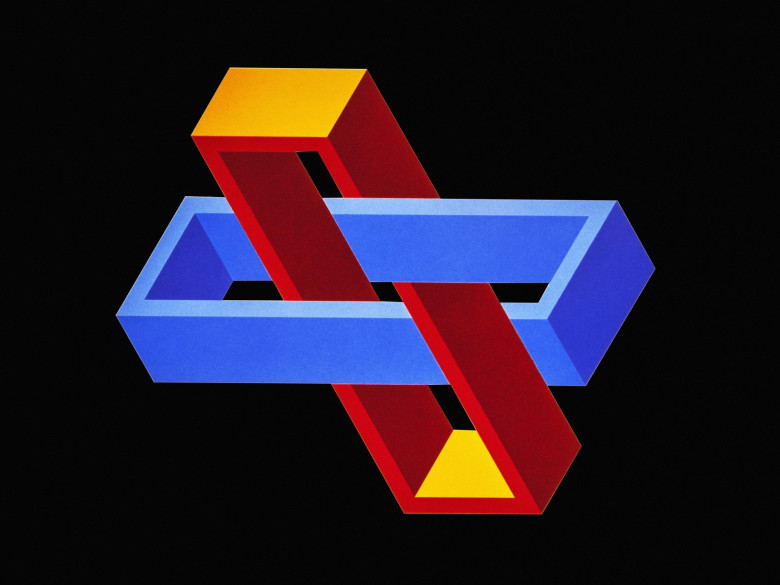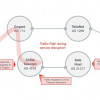Quantum Internet Is 13 Years Away. Wait, What's Quantum Internet?
A year ago this week, Chinese physicists launched the world’s first quantum satellite. Unlike the dishes that deliver your Howard Stern and cricket tournaments, this 1,400-pound behemoth doesn’t beam radio waves. Instead, the physicists designed it to send and receive bits of information encoded in delicate photons of infrared light. It’s a test of a budding technology known as quantum communications, which experts say could be far more secure than any existing info relay system.
They’ve kept the satellite busy. This summer, the group has published several papers in Science and Nature in which they sent so-called entangled photons between the satellite—nicknamed Micius, after an ancient Chinese philosopher—and multiple ground stations. If quantum communications were like mailing a letter, entangled photons are kind of like the envelope: They carry the message and keep it secure. Jian-Wei Pan of the University of Science and Technology of China, who leads the research on the satellite, has said that he wants to launch more quantum satellites in the next five years. By 2030, he’s hoping that quantum communications will span multiple countries. In 13 years, you can expect quantum internet.










































































